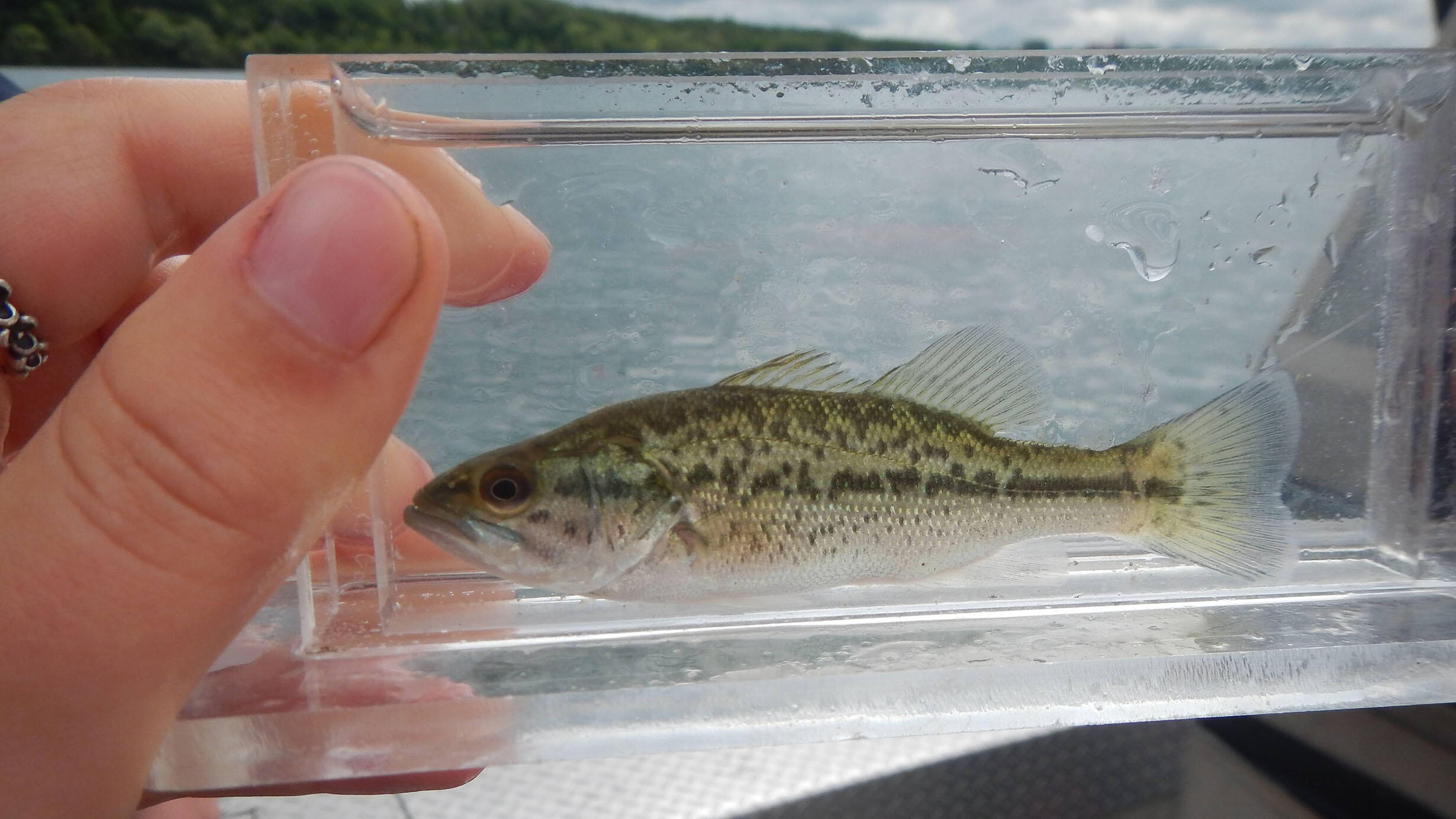Is Niagara Falls a Barrier Against Fish Movement?
 The largemouth bass (Micropterus salmoides) is one of seven native fish species that researchers studied to determine if populations above and below Niagara Falls are able to interbreed.
The largemouth bass (Micropterus salmoides) is one of seven native fish species that researchers studied to determine if populations above and below Niagara Falls are able to interbreed.© Canada Department of Fisheries and Oceans
New research shows that fishes on either side of Niagara Falls—one of the most powerful waterfalls in the world—are unlikely to breed with one another. Knowing how well the falls serves as a barrier to fish movement is essential to conservation efforts to stop the spread of invasive aquatic species causing ecological destruction in the Great Lakes. The study is published in the journal Molecular Ecology.
“In the past 50 years or so, aquatic invasive species have expanded in the Great Lakes as a tremendous conservation concern, causing billions of dollars’ worth of damage,” said Nathan Lujan, lead author of the study and a Gerstner Scholar at the American Museum of Natural History. “Both Canadian and American authorities are concerned about the potential impact of these species on the Great Lakes and are very interested in installing barrier technologies in the Niagara River that would slow or stop their spread.”
For more than 11,000 years since glaciers retreated from North America, most water flowing through the Great Lakes has crossed the Niagara Falls, which has a flow rate of more than 750,000 gallons per second. There’s one other way water can get through this constriction point: through the Welland navigation canal, which was built about 200 years ago and features a series of locks that bring vessels from one side of the falls to the other. The canal is relatively small compared to the Niagara River, but questions remain about how significant it and the falls are in allowing fishes to move upstream to downstream, and vice versa. The leading idea is to install a combination of barrier technologies in the Welland Canal, including electricity, sound, light, and possible physical barriers to inhibit fish movement.
“If you’re going to spend potentially hundreds of millions of dollars on installing barrier technologies and fishes can go right over the falls, then that’s obviously not a good use of resources,” Lujan said. “If people can survive it in a barrel, you’d think a fish could.”
To investigate these questions, Lujan and colleagues examined the DNA of seven native fish species to determine whether populations above and below Niagara Falls interbreed or are reproductively isolated. By gathering data from throughout the fishes’ genomes, they found that populations of all species are genetically distinct on opposite sides of the falls.
© Canada Department of Fisheries and Oceans
Then they modeled how DNA from different populations mix, and determined that in four species there has been no significant migration past Niagara Falls since the falls were first formed 11,000 years ago. Two other species showed some indication of migration past the falls, yet the models indicated that no species had migrated past the falls via the Welland Canal.
“These results should reassure policymakers that infrastructure being considered to prevent the movement of invasive aquatic species will not impact native species, and that the falls themselves are an effective barrier to both upstream and downstream movement of aquatic species,” Lujan said. “Additional measures to prevent fish movement can safely be restricted to the Welland Canal.”
Other authors on this study include: Jason Weir, from the University of Toronto Scarborough; Brice Noonan, from the University of Mississippi; Nathan Lovejoy from the University of Toronto at Scarborough; and Nicholas Mandrak, from the University of Toronto at Scarborough.
This study was funded in part by the Canadian Department of Fisheries and Oceans and the Natural Sciences and Engineering Research Council of Canada, grant #s RGPIN-2014-570 05226, RGPIN-2016-06221, RGPIN-2016-06538, and Discovery Accelerator Grant 492890.